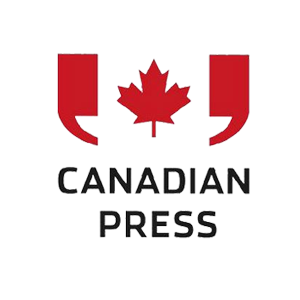CALGARY — Over two-plus days of meetings and walkthroughs, 45 of Canada’s potential Olympic men’s hockey players took the first step toward Sochi in February. Here’s what we learned from their time in Calgary:
1. Babcock is smart
Mike Babcock is widely considered the best coach in the NHL and he’ll be in charge of Team Canada in Sochi for a reason — he’s smart. Genius is a word thrown around far too often in sports. The Detroit Red Wings’ coach isn’t Albert Einstein, but his idea to have players go through ball-hockey walkthroughs because insurance issues kept them from skating was brilliant. He called Michigan State basketball coach Tom Izzo and Detroit Lions quarterbacks coach Todd Downing to get the ideas down and executed it so that players had a good idea of spacing and systems on the bigger rink and had a blast while learning.
2. Some players are locks
General manager Steve Yzerman conservatively estimated there are seven or eight so-called “locks” to be in Sochi, as long as those players are healthy. He wouldn’t say who, but it’s fair to consider that group made up of Sidney Crosby of the Pittsburgh Penguins, Jonathan Toews and Duncan Keith of the Chicago Blackhawks, Steven Stamkos of the Tampa Bay Lightning, John Tavares of the New York Islanders, Rick Nash of the New York Rangers, Patrice Bergeron of the Boston Bruins, Shea Weber of the Nashville Predators and Drew Doughty of the Los Angeles Kings. That’s nine, including no goaltenders. No surprise there.
3. This isn’t 2010
As celebrated an accomplishment as winning gold in Vancouver in 2010 was, don’t expect Canada to copy and paste that roster over to Sochi four years later. This is a team that learned from 2006, when it brought back a majority of players who won the 2004 world championship and thought it would be a recipe for success in Turin. It wasn’t, and so Edmonton Oilers president Kevin Lowe explained that turnover is inevitable. Chris Pronger and Scott Niedermayer are gone, and it’s likely that Dany Healtey, Patrick Marleau, Jarome Iginla and Brenden Morrow won’t be back either. There’s a focus on finding specific role-players who can thrive on the big ice.
4. Babcock is coy
During two days of ball-hockey walkthroughs, the 40 position players were split up into lines and pairings that Babcock insisted no one should read anything into. He said the lines were put together intentionally to be misleading. So is it a coincidence that the magic pair of Toews and Nash were together? The lefty-righty defensive pairs of Weber and Keith, Doughty and Marc Staal and Jay Bouwmeester and P.K. Subban made too much sense, as did putting Crosby on a line with Penguins teammate Chris Kunitz and Blackhawks do-everything forward Patrick Sharp.
5. Management is organized
Yzerman and coach Babcock emphasized that no evaluation came from camp, so they’ll be watching carefully during the first three months of the season. In Peter Chiarelli of the Bruins, Ken Holland of the Detroit Red Wings, Doug Armstrong of the St. Louis Blues and Lowe, the management group has a representative in each of the NHL’s four divisions. With not even half the roster essentially set in stone, scouting will be a nightly endeavour and players understand that consistency is crucial. Regular conference calls will allow management and the coaching staff to stay in touch, even as the NHL season goes on and everyone has to focus on his own team.










